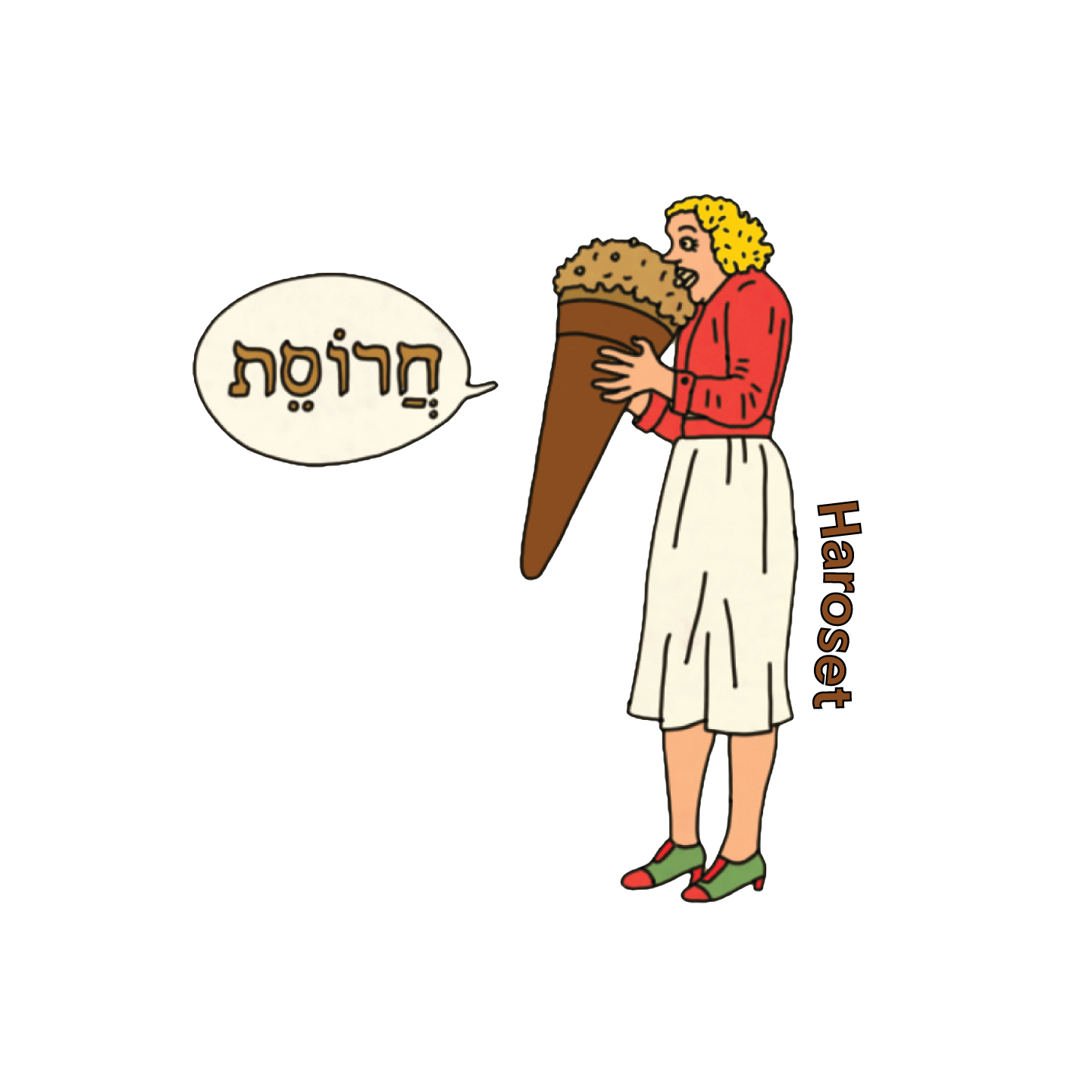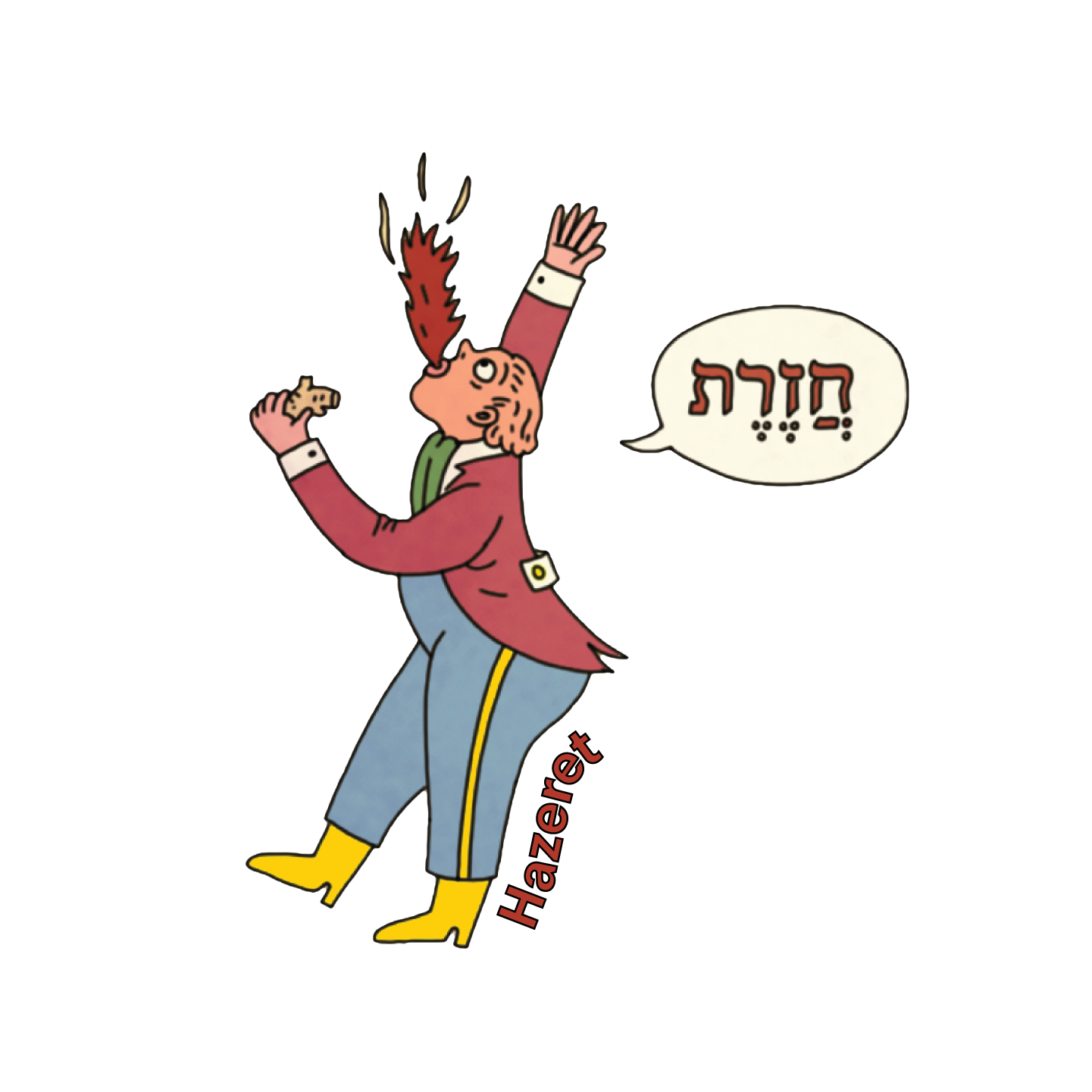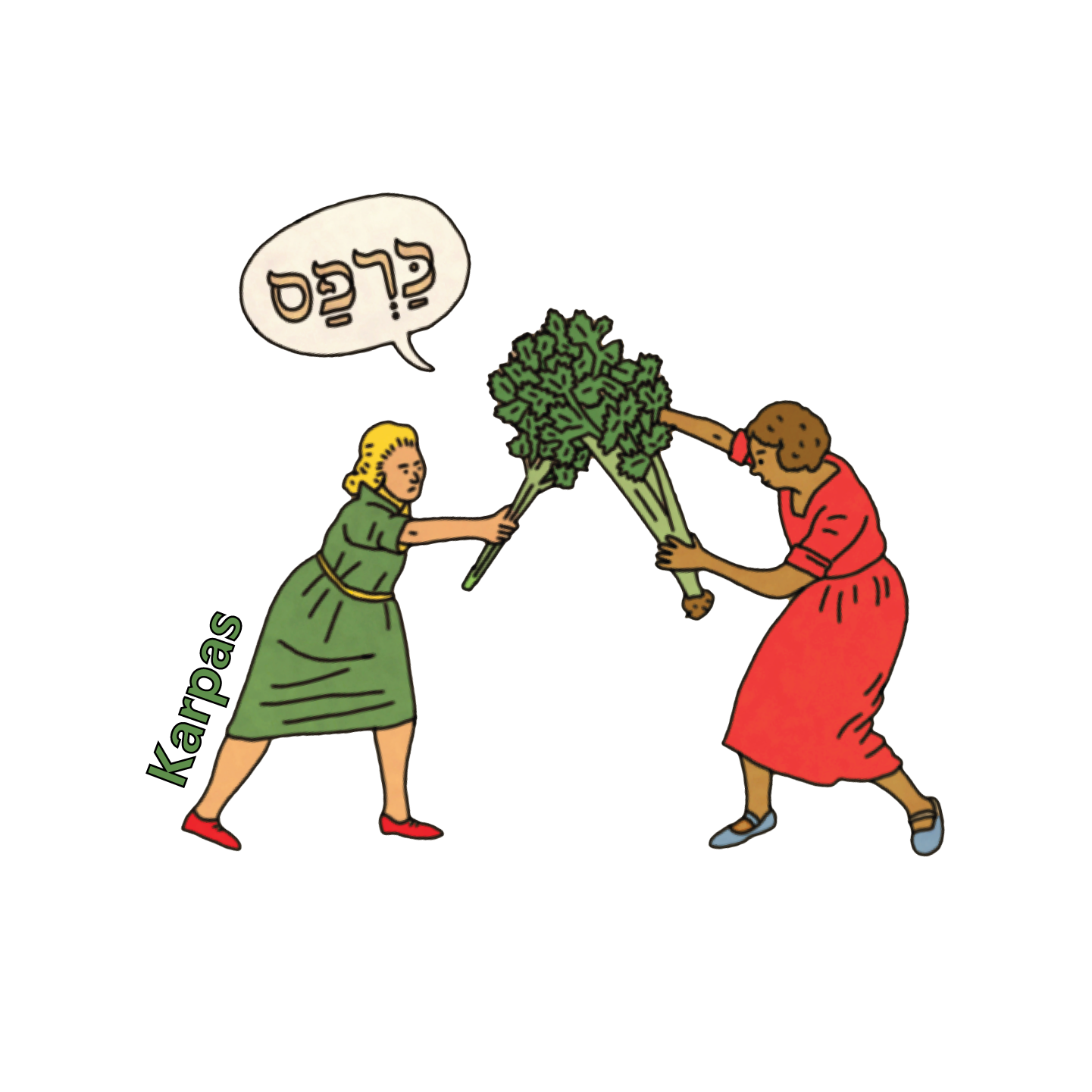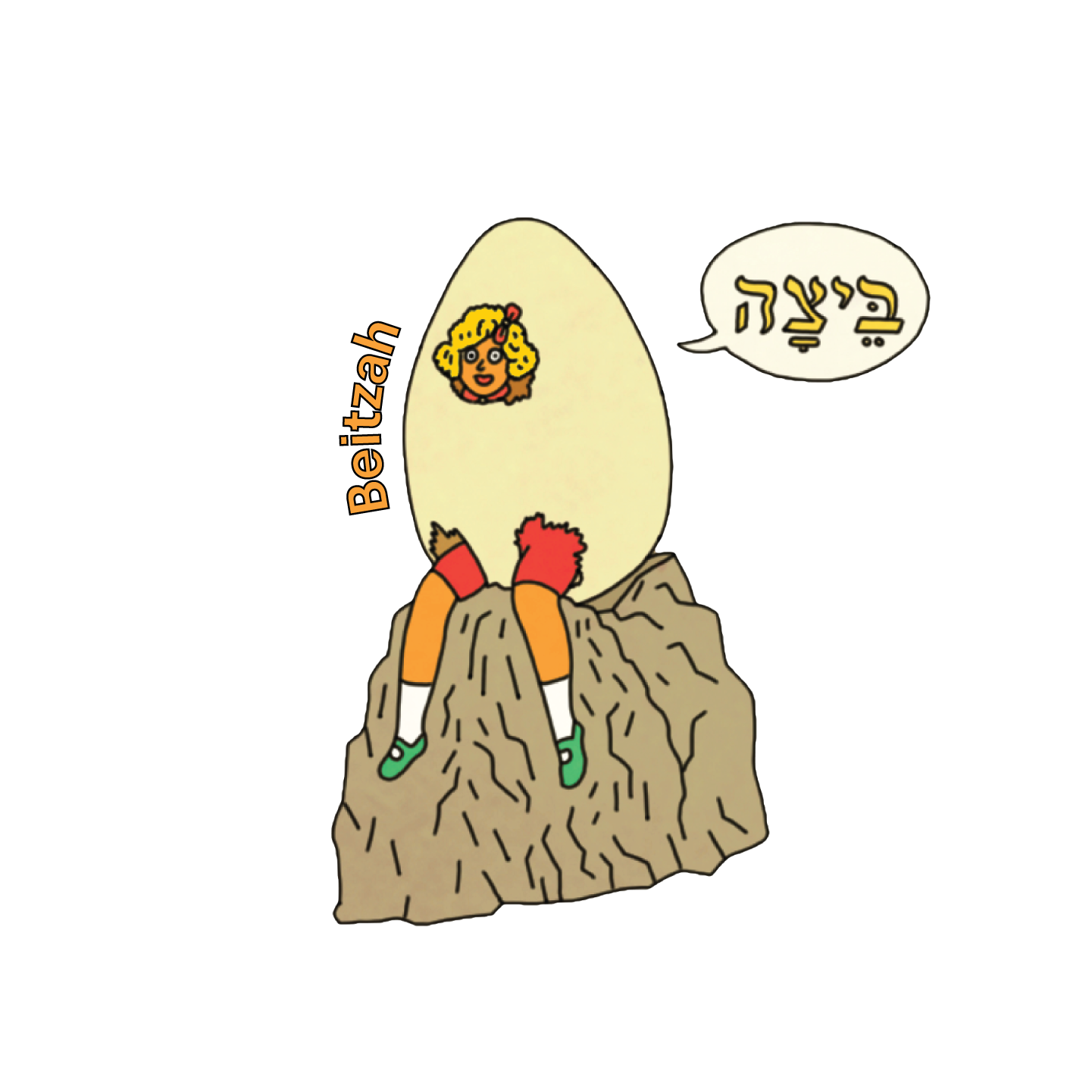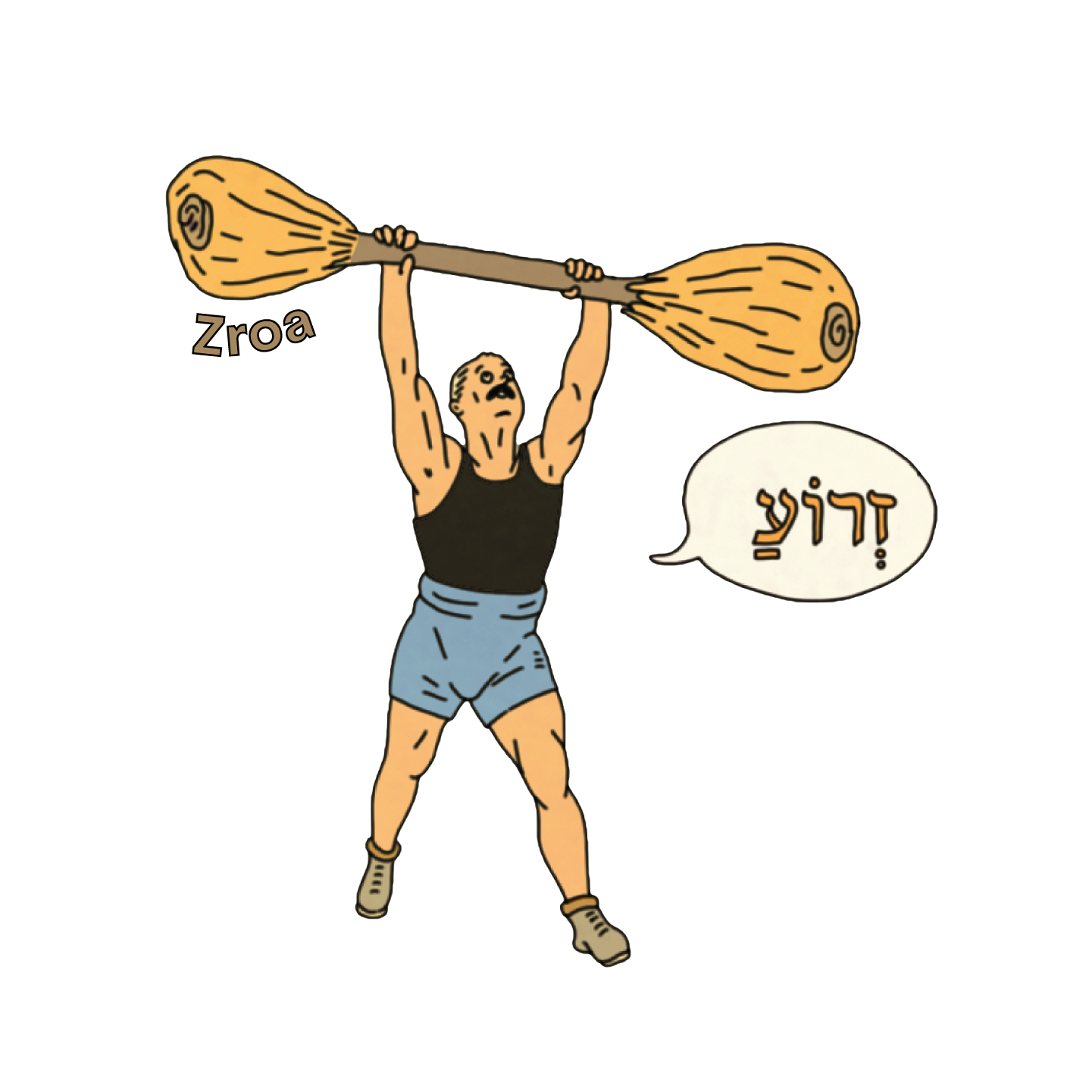Days Mini Seder Plate
On Passover, we use a Seder Plate to hold symbolic foods that will be highlighted throughout the meal. Decorated with these special items, this dish often serves as a centerpiece for the evening, both figuratively and literally. Depending on the size of your table, sometimes that means it can be hard to see or reach!
This year, use these playful and mini seder plates to print the experience a little bit closer to everyone at your seder. Just place a bite-sized portion of each item on these festive plates and distribute them around your table.
What goes On the seder Plate?
BEITZAH
On the Passover Seder Plate, we place a cooked, whole egg. Its round shape represents the cyclical nature of life.
KARPAS
On the Passover Seder Plate, we place parsley, boiled potatoes, or celery to symbolize renewal.
ZROA
On the Passover Seder Plate, we place a cooked lamb shank bone to represent God passing over the home of the Israelites during the series of plagues. Some families substitute with a red beet or a paschal yam to represent blood.
HAROSET
On the Passover Seder Plate, we place a mixture of chopped fruit, nuts, honey, and wine. This paste reminds us of the mortar used by the Israelites when they were enslaved in Egypt.
MAROR
On the Passover Seder Plate, we place a bitter herb (most often horseradish) to represent the bitterness of slavery.
HAZERET
On the Passover Seder Plate, we place a special bitter vegetable or bitter green lettuce (often Romaine) to symbolize the bitterness of slavery.


